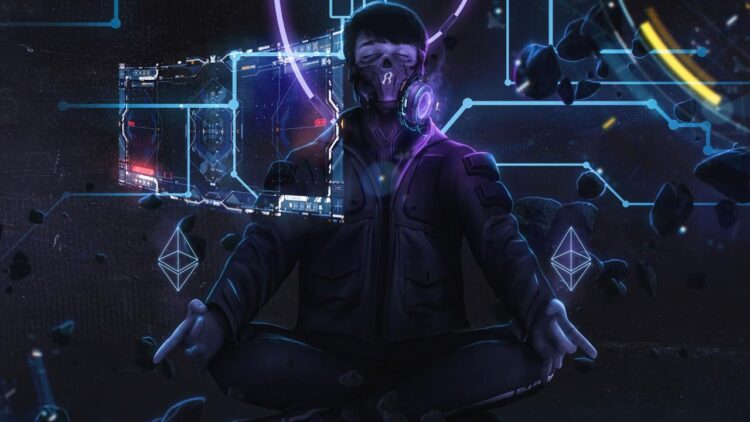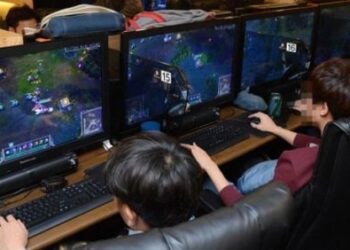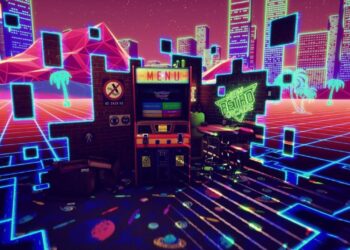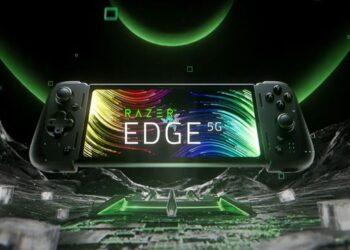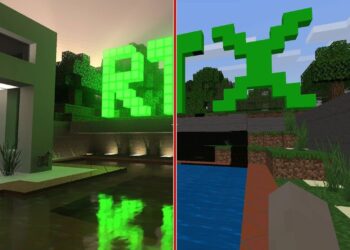The digital dust has settled. The chaotic, speculative gold rush of the early 2020s, a period defined by the meteoric rise and fall of “Play-to-Earn” (P2E) gaming, now feels like a distant, frenetic memory. For a time, the promise of earning a living by playing a video game captured the world’s imagination, but the reality proved to be a fragile and unsustainable mirage built on speculative tokenomics and gameplay that often felt more like a chore than a form of entertainment.
Now, in the late stages of 2025, the blockchain gaming industry stands at a pivotal crossroads. Having weathered a brutal crypto winter and the widespread disillusionment that followed, a new, more resilient philosophy has emerged from the ashes of the P2E hype. This isn’t merely an iteration of old ideas; it is a fundamental paradigm shift. The conversation is no longer about “playing to earn,” but about “playing to own,” “playing to create,” and, most importantly, “playing to impact.”
This next evolution, the true next big thing in blockchain gaming, is the concept of Player-Shaped Worlds. This is a movement away from static, developer-controlled environments and towards dynamic, persistent universes where player actions have permanent, meaningful consequences, all underpinned by the unchangeable ledger of the blockchain. It’s a future where your in-game assets are not just JPEGs in a wallet but living, breathing components of a digital world that you, the player, have a genuine stake in building.
This comprehensive analysis will explore the transition from the flawed models of the past, dive deep into the architectural pillars of Player-Shaped Worlds, examine the cutting-edge technology making it possible, and project what this revolutionary model means for gamers, developers, and the very definition of interactive entertainment.
The Foundational Cracks: A Brief Look at Why ‘Play-to-Earn’ Failed
To understand where we are going, we must first acknowledge where we have been. The first wave of blockchain gaming, spearheaded by titles like Axie Infinity, was a revolutionary proof-of-concept. It demonstrated that it was possible to assign real-world, tradable value to in-game assets and currencies. However, the model was inherently flawed in several critical ways:
- Gameplay as a Means to an End: For troppo players, the primary motivation was not enjoyment but financial gain. This led to gameplay loops that were repetitive, grind-heavy, and ultimately, unsustainable as a form of entertainment. When the financial incentives dwindled, so did the player base.
- Unsustainable Economies: Most P2E economies required a constant influx of new players and fresh capital to sustain the value of their tokens and assets. They were, in essence, digital economies with hyperinflation built-in. Once growth stalled, these economies collapsed under their own weight, leaving many players with assets worth a fraction of their initial investment.
- High Barriers to Entry: The need to purchase expensive NFT assets before even starting to play created a significant barrier for the average gamer, fostering an environment of exclusivity and financial speculation rather than open, accessible fun.
These failures provided invaluable lessons. The industry learned that blockchain technology must be a tool to enhance a great game, not a gimmick to excuse a poor one. Gameplay, immersion, and fun must come first.
The New Horizon: The Core Pillars of Player-Shaped Worlds
Player-Shaped Worlds represent the maturation of Web3 gaming. This model integrates blockchain technology so deeply and seamlessly into the core game design that it becomes an indispensable part of the experience. It is built upon several revolutionary pillars that collectively give players unprecedented agency.
A. Dynamic & Evolving NFTs (dNFTs): Forget the static, unchangeable NFTs of the past. The future lies in Dynamic NFTs (dNFTs)—digital assets that can change and evolve based on in-game actions, achievements, or even external data. Imagine a legendary sword NFT that begins as a common blade. As you use it to defeat powerful bosses, its metadata is updated on the blockchain. Its name might change to “Gorehowl, the Dragon Slayer,” its visual appearance could gain a mystical glow, and its stats would permanently increase. This sword now carries a unique, verifiable history of your accomplishments. This same principle applies to everything: a starship that bears the scars of battles it has survived, a piece of armor that is visually customized by the materials you used to craft it, or even a digital home that expands as you build new additions. These dNFTs transform assets from simple collectibles into personal relics, each with a story to tell.
B. True Asset & Economic Interoperability: Interoperability has long been the holy grail of the metaverse concept, and it is finally becoming a reality. This pillar moves beyond simply using a character skin in multiple games. It’s about functional, economic integration. In a Player-Shaped World, the resources you mine in a sci-fi exploration game could be minted as a generic “Tritanium” token on a Layer-2 network. You could then take that same token into a completely different fantasy RPG, developed by another studio, and use it to craft a set of enchanted armor. This creates a vast, interconnected ecosystem where player effort in one world can directly translate to progress and value in another. It breaks down the walled gardens of traditional gaming, fostering a single, sprawling digital economy.
C. Player-Driven Crafting and Creation Economies: This pillar extends ownership from assets to the very means of production. Instead of developers being the sole source of all high-value items, Player-Shaped Worlds empower players to become the master artisans, architects, and quest-givers. A player might own an NFT land plot that contains a rare, procedurally generated mine. They can then harvest unique resources, refine them, and craft powerful weapons that are not available anywhere else in the game. They can sell these on the open market, establish a virtual business, and even create NFT “blueprints” that allow other players to craft their unique designs. This fosters a truly player-run economy where the most valuable commodities are not just dropped loot, but player creativity, skill, and entrepreneurship.
D. Decentralized Governance and World Evolution (DAOs): To give players a true stake in their digital world, they must have a voice in its future. This is accomplished through Decentralized Autonomous Organizations (DAOs). By holding a specific governance token or high-value NFTs, players can actively participate in key decisions about the game’s development. They can vote on proposals for everything from weapon balancing and new character classes to the direction of the game’s narrative arc. For example, a game’s story might reach a critical juncture where players must vote on which of two factions to support in a global conflict. The outcome of the vote, recorded on the blockchain, would permanently alter the game world, opening new questlines and closing off others. This transforms players from passive consumers into active stakeholders, co-creating the saga of the game alongside the developers.
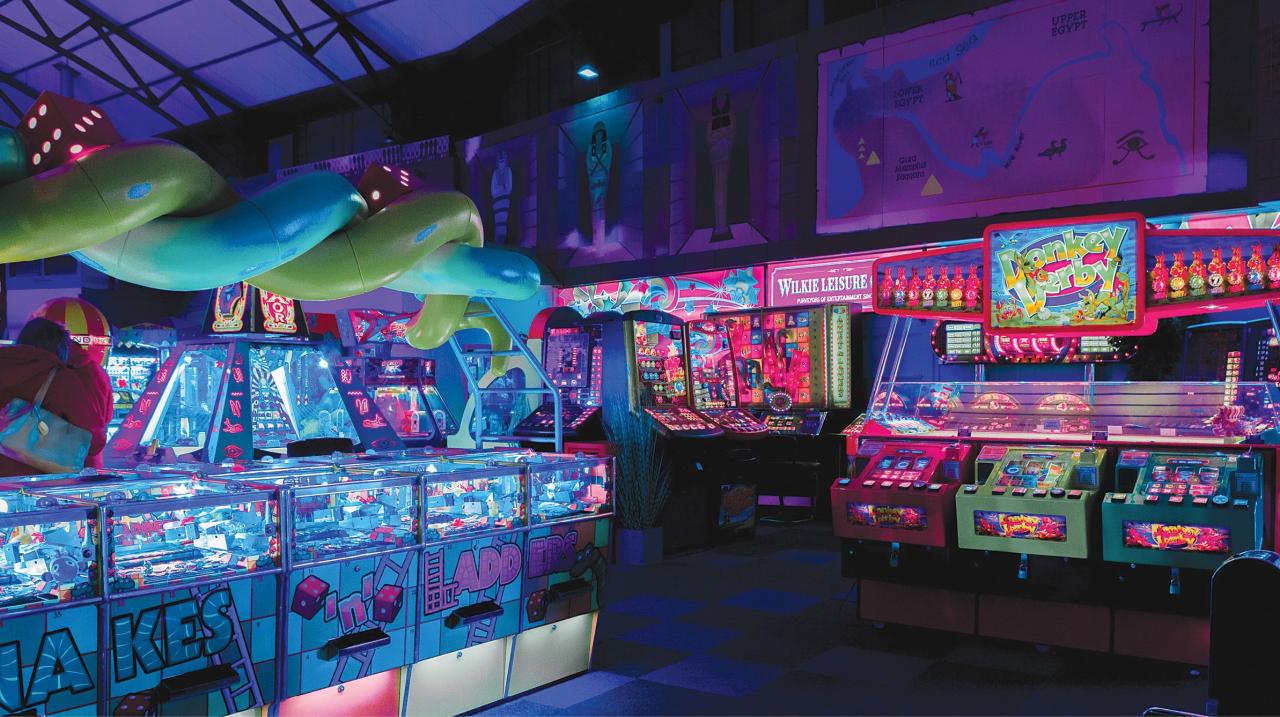
The Technology Fueling the Revolution
This ambitious vision is no longer science fiction; it’s being actively built on the back of rapidly advancing technology.
- Layer-2 Scaling Solutions: The days of prohibitive gas fees and slow transaction times on the Ethereum mainnet are over for gaming. Scalable solutions like Polygon, Immutable X, and other ZK-Rollups provide the infrastructure for millions of in-game micro-transactions to occur instantly and at a near-zero cost, making seamless dNFT updates and asset trading feasible.
- Smart Contract Advancements: New token standards beyond the basic ERC-721 are enabling the creation of complex dNFTs and sophisticated economic systems. These advanced smart contracts can handle the intricate logic required for crafting, evolving assets, and decentralized voting systems without compromising security.
- Improved Wallet and Onboarding UX: The industry has recognized that convoluted wallet setups are a major barrier. New solutions, including social logins that create a non-custodial wallet in the background and gasless transactions sponsored by the game itself, are making the Web3 experience invisible to the end-user. The goal is for players to experience all the benefits of true ownership without needing to understand the underlying technology.
Overcoming the Hurdles: The Road to Mainstream Adoption
Despite the immense potential, the path to mainstream acceptance for Player-Shaped Worlds is not without its challenges.
A. Winning Over Skeptical Gamers: The traditional gaming community remains deeply skeptical of blockchain technology, largely due to the negative reputation of the P2E era and environmental concerns (which have been largely mitigated by Proof-of-Stake and Layer-2s). The only way to win them over is with quality. Developers must deliver games that are undeniably fun and polished, where the blockchain elements enhance the experience rather than define it.
B. Regulatory Uncertainty: The legal landscape for digital assets and DAOs is still evolving globally. Clarity and fair regulation will be crucial for fostering long-term investment and protecting players and developers alike.
C. Scalability and Security: While Layer-2s have solved many problems, creating a truly interoperable, multi-game ecosystem with millions of users presents immense technical and security challenges. Ensuring that assets are secure and that networks can handle the load will be an ongoing battle.
Conclusion: From Digital Assets to Digital Destinies
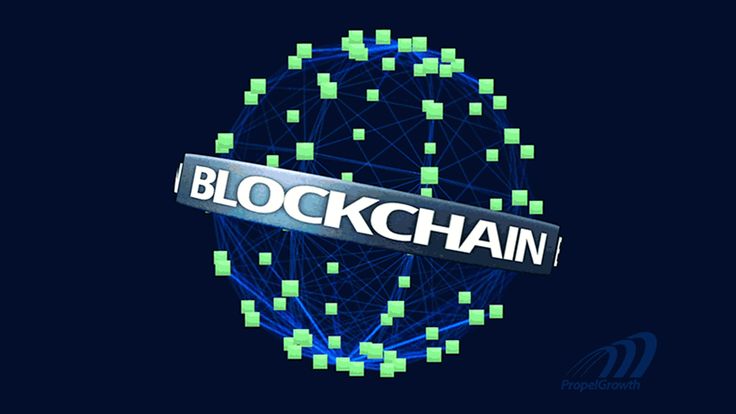
The evolution of blockchain gaming is a story of a technology searching for its soul. It began with a flawed but necessary experiment in financialization and has now matured into a movement focused on empowerment, creativity, and true digital permanence.
Player-Shaped Worlds are the culmination of this journey. They represent the ultimate promise of the metaverse: not a single, corporate-owned platform, but a decentralized network of interconnected worlds built, owned, and governed by their inhabitants. This is a future where your time and skill are respected, your creativity is rewarded with real value, and your actions can leave an indelible mark on a persistent digital universe. The next big thing in blockchain gaming isn’t just a new game or a new token; it’s a new relationship between the player and the digital worlds they choose to inhabit, transforming them from simple players into foundational pillars of the universe itself.

